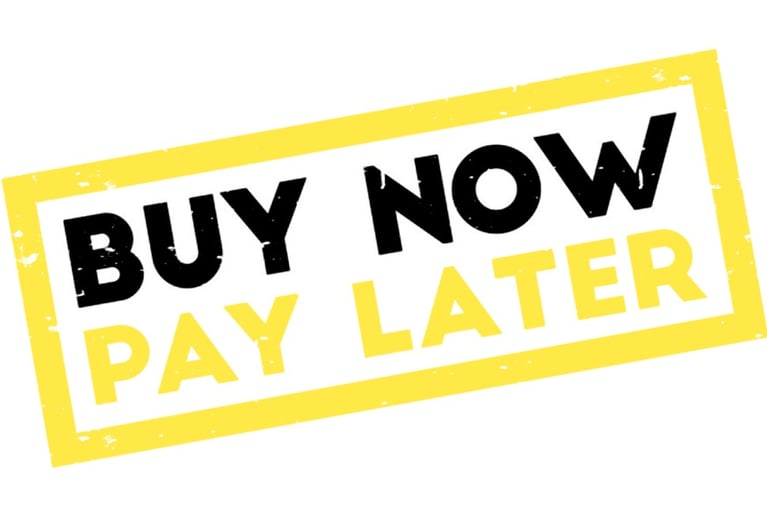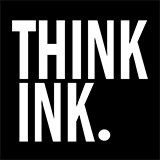Becoming a Master Storyteller for Your B2B Brand: 3 Tips
Jun 01, 2016 / By Vanessa Horwell
Thanks to the rise of content marketing, concepts from your local creative writing class – such as storyline, hook, and narrative – are increasingly overheard in the corner office. While many important strategies live at the intersection of business and creative writing, the most valuable of them is brand storytelling.
B2B and B2C companies alike invest in branding to pinpoint their unique values, experiences, and differentiators, then craft a market-facing identity around those characteristics. From that foundation, brand storytelling goes a step further to treating the brand like a character in a larger (yes) narrative.
Like all forms of storytelling, there are a million factors impacting what separates the good from the bad when it comes to spinning B2B brand stories. To make yours winners, we recommend the following three tips.
1. Be Authentic
In 2016, many B2B sectors are evolving at a mile-a-minute. Entrepreneurs and executives are often eager to engage in every conversation impacting their industries – even if it's a stretch for their expertise, product area, or business focus. In today's social-media driven marketing landscape, inauthentic angles get snuffed out fast.
Part of branding is understanding your company's voice... and knowing when that voice should (and shouldn't be used). In PR and content, B2B companies miss the mark when they shove their square-peg business propositions into round-hole storylines: It rings hollow when enterprise software vendors imitate upstarts by talking about disruption; the same goes when early-stage startups feign track records they don't have. Tell stories that are true and applicable to your business in a genuine way.
2. Get 'Em Thinking
There is a big upside to all of that industry evolution, however: Ideas. B2B content is already the perfect arena for providing your audience with advice, guidance and perspective on behalf of your brand; storytelling enables you to go even further to communicating your predictions, hopes, or vision for the future of the market, geography, or clients you serve.
Use success stories to showcase how you earned the kinds of results that – if applied more broadly across your market – could drive impactful change or industry outcomes. Use your knowledge and creativity to forecast what's next (or should be) for the community you engage in. Think, create, and share big ideas where it counts.
3. Embrace 'Personality'
Never forget: B2B buyers are consumers, too – and all forms of storytelling should be engaging, not just informative. Business content can be a playground for both ideas and wordplay; to hook your audience into your brand stories, be creative with both!
Aim to position every story angle in line with your larger brand persona. Use a personable tone in every piece to foster a stronger connection with the reader. And always be interesting! There may be a million factors impacting what makes a good story, but telling it well – with compelling language – may be the most important.
Sign up for our insights on the convergence of business and PR





